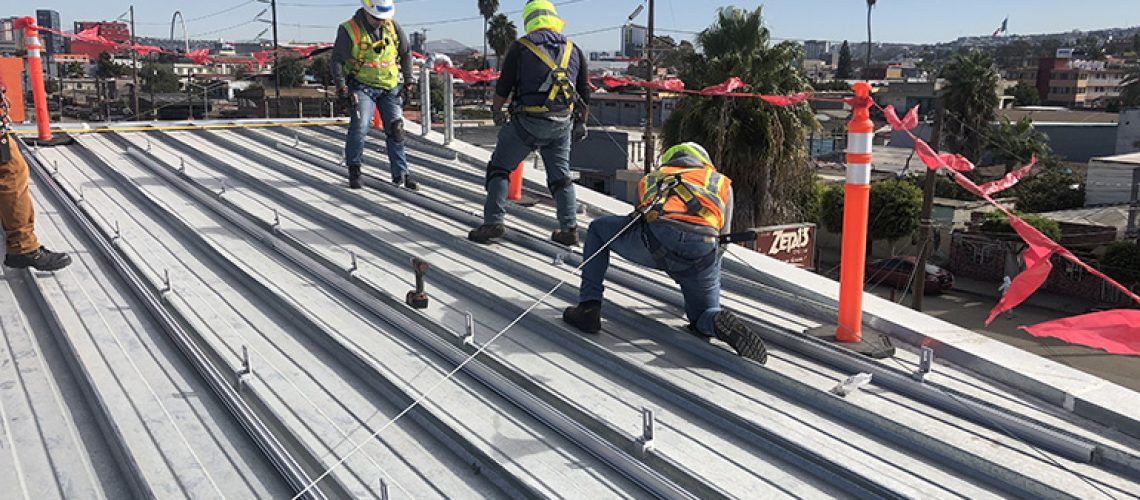The Dept. of the Treasury and Internal Revenue Service (IRS) have issued procedural guidance for the 2024 program year of the Low-Income Communities Bonus Credit Program under Section 48(e) of the Internal Revenue Code. Treasury also announced the program would open for applications during the second quarter of 2024.
GRID Alternatives
This program through the Inflation Reduction Act provides a 10 or 20% bonus to the Investment Tax Credit (ITC) for qualified small solar or wind facilities in low-income communities, on Indian land, as part of affordable housing developments, and benefitting low-income households.
In the first year of the program the administration received more than 46,000 applications within the first 30 days from communities across the country, signaling robust demand. This year, the government is unlocking 1.8 GW of additional capacity.
“The first year of implementation saw sky-high demand for solar and wind power investments in underserved communities, and we expect that momentum to continue this year,” said U.S. Deputy Secretary of the Treasury Wally Adeyemo. “These investments are creating jobs and lowering energy costs in communities that have long been held back by lack of investment, as well as providing new opportunities for small businesses in these communities to benefit from the growth of the clean energy economy.”
As provided in previous guidance, the Low-Income Communities Bonus Credit Program annually allocates 1.8 GW of capacity available through a competitive application across four categories of qualified solar or wind facilities with maximum output of less than 5 MW.
The 2024 program will initially allocate up to:
- 600 MW to facilities located in low-income communities;
- 200 MW to facilities located on Indian lands;
- 200 MW to facilities that are part of federally-subsidized residential buildings;
- 800 MW to facilities where at least 50% of the financial benefits of the electricity produced go to households with incomes below 200% of the poverty line or below 80% of area median gross income.
For the 2024 program year, at least 50% of the capacity of each category will be reserved for projects meeting certain ownership and/or geographic selection criteria as outlined in Treasury and IRS guidance.
More information can be found on the DOE program landing page.



